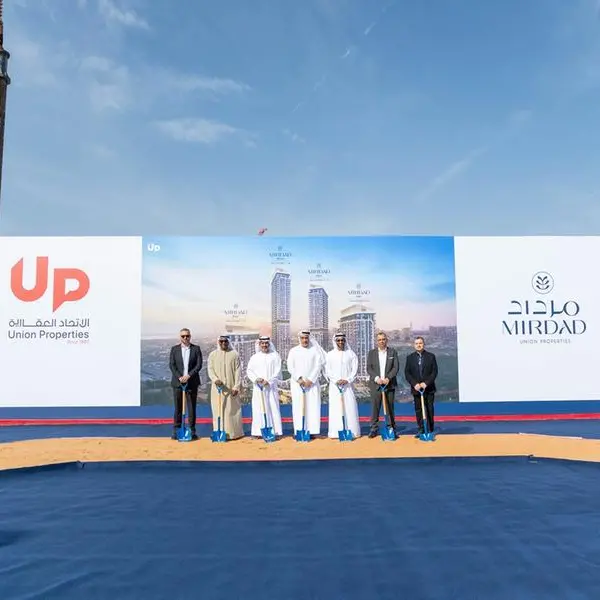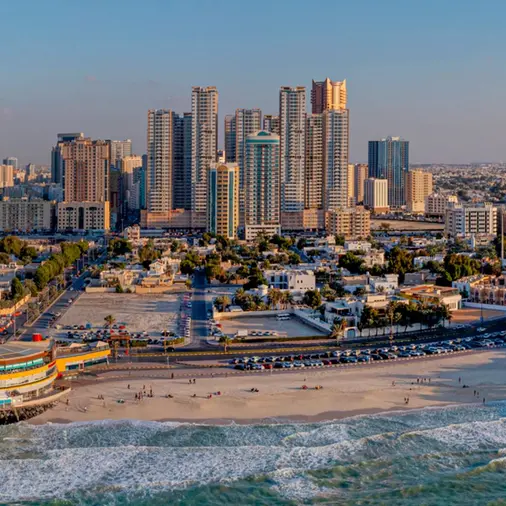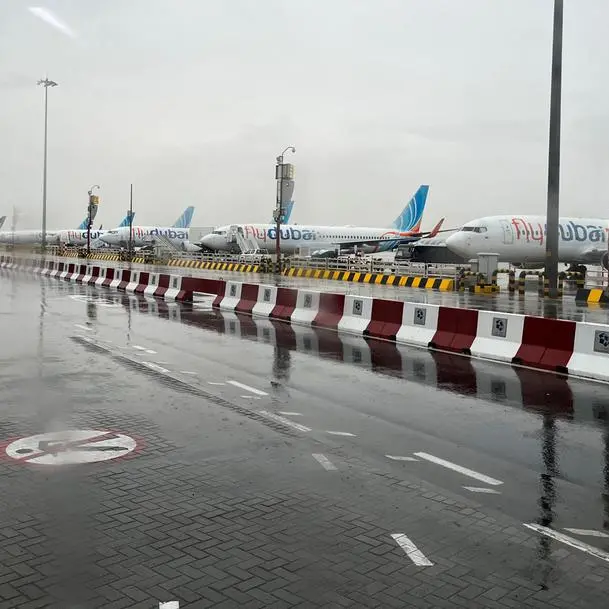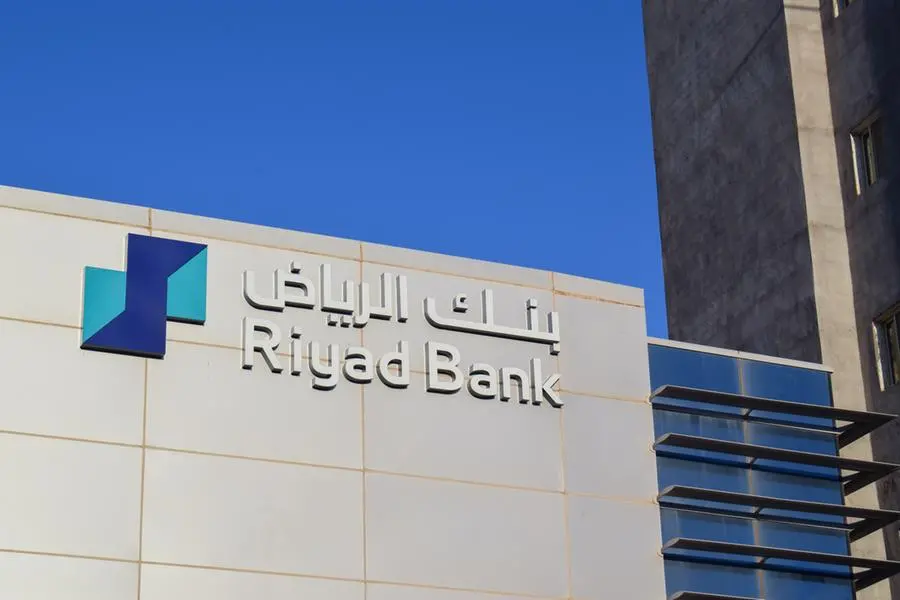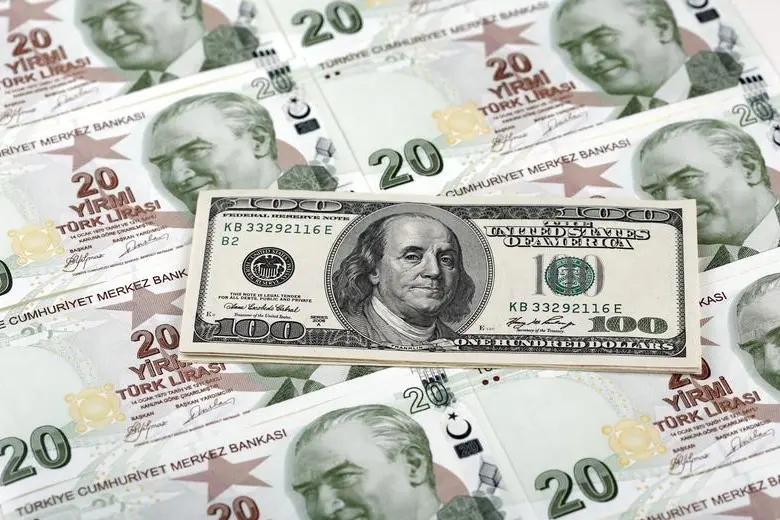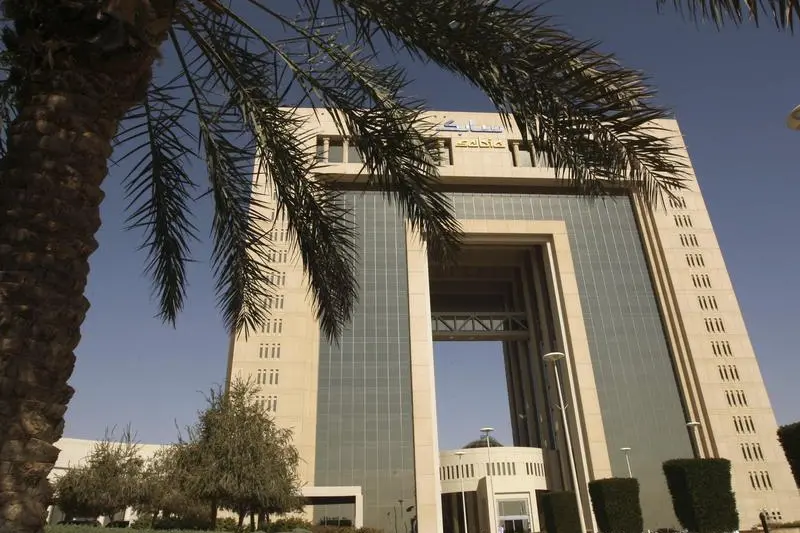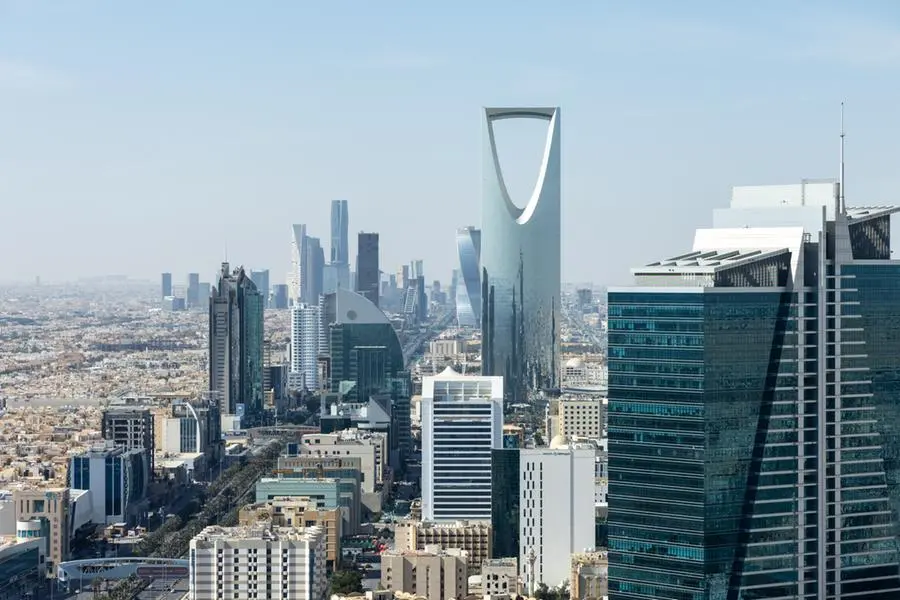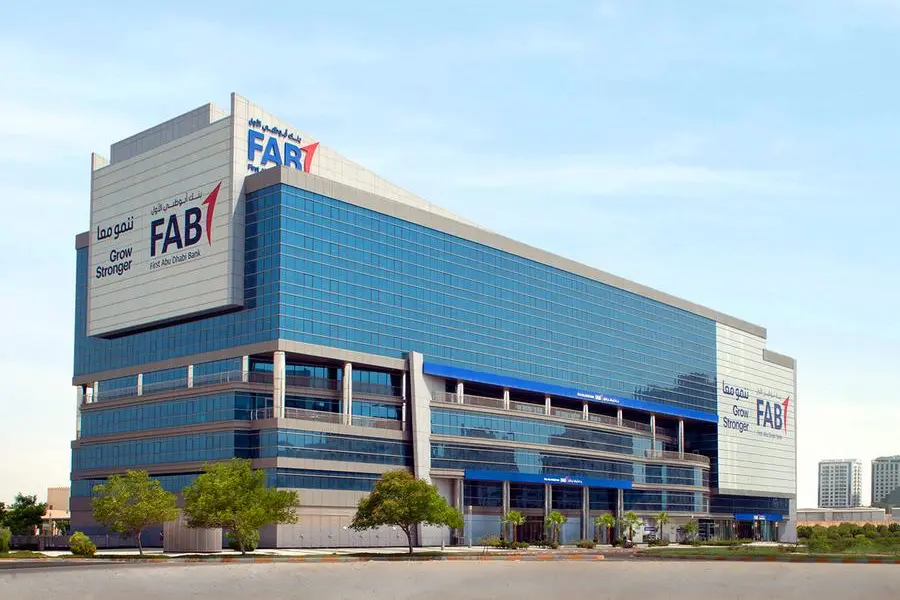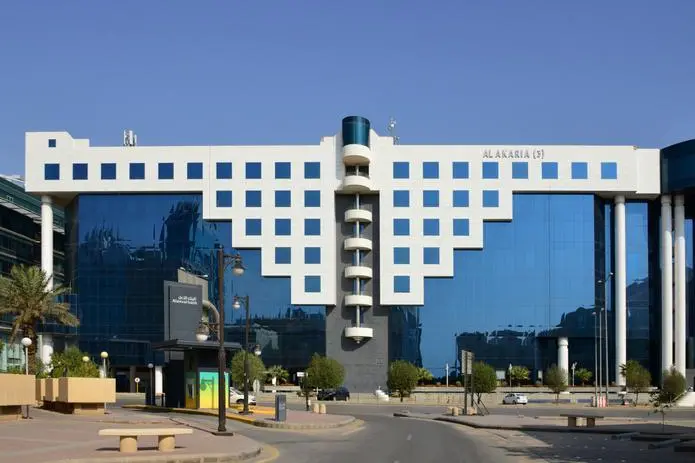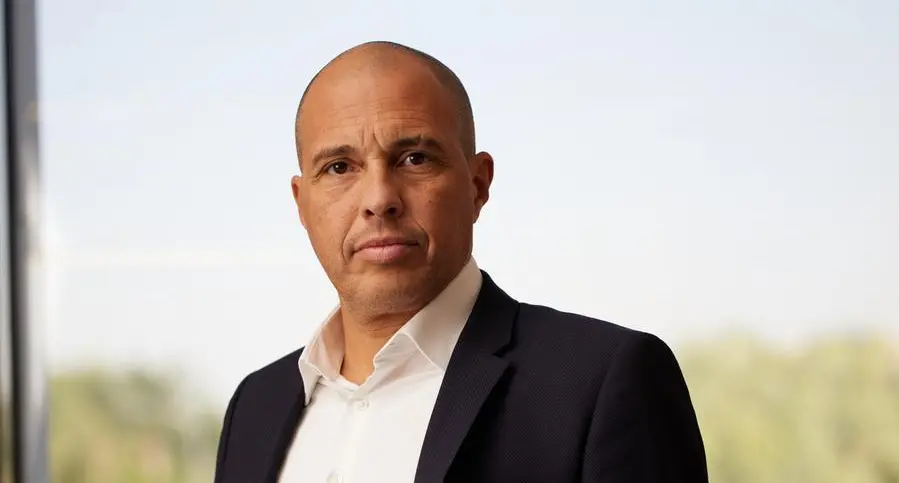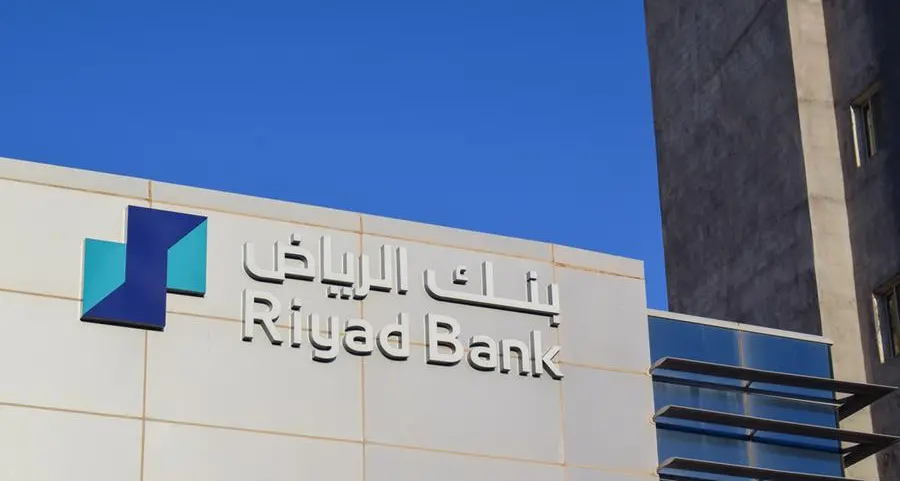26 September 2008
CAIRO: Archaeologists have found the bust of Pharaoh Ramses II in Egypt's Nile Delta, bringing experts closer to finding a temple belonging to the king. The red granite bust, which formed part of a colossal statue of the king, was found during routine excavations in the Tell Basta area, 80 kilometers north of Cairo in the Nile Delta, Egyptian Culture Minister Faruq Hosni said in a statement Wednesday. Researchers discovered the statue 150 centimeters underground.
"The head is 76 centimeters high," observed antiquities capo Zahi Hawass. "The nose is broken, and the false beard that was once attached to the king's chin is missing. The discovery is important because it may indicate that the excavators are close to the ruins of a major temple of Ramses II in the area."
Tell Basta is going through a major development plan, according to Egyptian officials, who say that a museum and a visitors' center are currently under construction in the area.
One of Egypt's longest-serving pharaohs, Ramses is believed to have ruled between 1279 BC and 1213 BC. He built palaces and temples throughout Egypt, including the famous Abu Simbel temple in the far south.
Also known as Ramses the Great, he is traditionally believed to be the pharaoh mentioned in the biblical story of Moses. A popular feature on postcards, he presided over a period of military expansion.
Believed to have lived to the age of 90, his mummy was discovered in 1881 and shortly afterward was moved to Cairo's Egyptian Museum, where it is one of the country's biggest tourist attractions. - Agencies
Copyright The Daily Star 2008.
